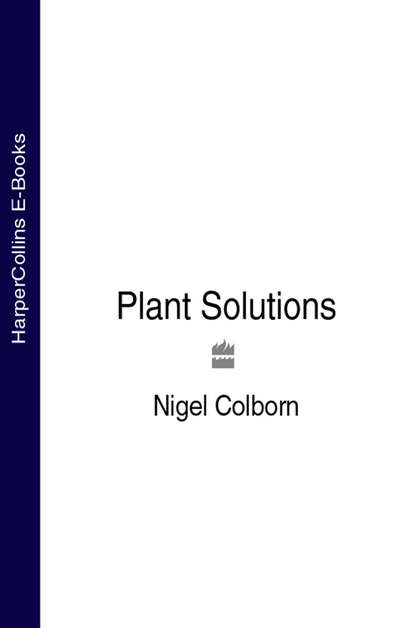По всем вопросам обращайтесь на: info@litportal.ru
(©) 2003-2024.
✖
Plant Solutions
Настройки чтения
Размер шрифта
Высота строк
Поля
Companion plants: Best in a container in cold regions. Perfect in the company of ferns or of broad-leaved, shade-loving plants such as the larger hostas.
Meconopsis napaulensis
Technically a perennial but seldom survives flowering
As valued for the beautiful rosettes of felty lobed leaves, each one covered in rust-coloured hairs, as for the huge flower spikes which will grow well over 2m (6ft) before producing a generous supply of poppy flowers in pinkish red, purple or dusky blue.
Soil preference: Preferably lime-free, not too dry
Aspect: Shade or part shade
Season of interest: Summer.
Height and spread: 2m × 75cm (6ft 6in × 2ft 6in)
Companion plants: A plant for the woodland garden, or at least for dappled shade and therefore wonderful with foxgloves or perhaps teamed up with other Himalayan poppies such as Meconopsis grandis.
Digitalis
Foxglove Hardy biennial or short-lived perennial
Heather Angel
The common foxglove (Digitalis purpurea) has several equally dramatic and unusual cousins. One of the finest is D. grandiflora (pictured), which has bold, dark green tooth-edged leaves and early summer flower spikes of large butter yellow blooms. D. ‘Carillon’ is similar but shorter and D. × mertonensis, a cross between D. grandiflora and D. purpurea, has crushed strawberry blooms.
Soil preference: Any free-draining
Aspect: Sun or part shade
Season of interest: Summer
Height and spread: Up to 1m × 50cm (3ft 3in × 1ft 8in)
Companion plants: Foxgloves are excellent for adding height and flower power to shady borders. Digitalis grandiflora works particularly well in a cool-colour planting scheme with blue, white and clear yellow flowers.
Echium russicum
Red Bugloss Marginally tender to hardy biennial
R. Coates
Tidy rosettes of narrow, dark grey-green leaves develop during autumn and winter. During the following spring and early summer, rigid spikes appear, carrying narrow leaves along their lengths and, later, clusters of small, rose-red flowers which are irresistible to bees. The plants must be in a free-draining, sheltered spot to survive winter.
Soil preference: Any well-drained
Aspect: Sun
Season of interest: Summer
Height and spread: 45cm × 30cm (1ft 6in × 12in)
Companion plants: Best in bold groups where the spikes can make a contrast with lower growing early summer plants such as helianthemums, Verbascum ‘Letitia’ or Alchemilla.
Petroselinum crispum
Parsley, Curled Parsley Hardy biennial or short-lived perennial
Familiar kitchen herb which also makes a first rate ornamental foliage plant. The leaves are vivid, emerald green, tightly curled and crisped, or flat, ferny and much divided. Sprays of greenish umbels appear in late summer but are not particularly decorative. Will self-seed.
Soil preference: Any
Aspect: Sun or part shade
Season of interest: Year round
Height and spread: Foliage 25cm (10in), flower to 60cm (2ft)
Companion plants: Cooling foil for bright, hot coloured flowers such as tulips in spring, annual poppies, pansies or marigolds in summer.
Biennials beneficial to wildlife (#ulink_6d4bc7c9-5d89-57e1-84e1-0408a95660a3)
Lunaria biennis
Honesty Hardy biennial or annual
Toothed, heart-shaped green or variegated foliage with soft, fast growing stems, in spring, which produce sprays of four-petalled flowers in magenta, white or dark purple. The flat, rounded, transparent seedheads are pretty in late summer, but are easily damaged by wind. Attracts bees and butterflies; food for the Orange Tip butterfly.
Soil preference: Any
Aspect: Any
Season of interest: Spring, summer
Height and spread: 90cm × 45cm (3ft × 1ft 6in)
Companion plants: A pretty woodlander to naturalize in dapple shade among bluebells, red campion and species tulips.
Primula elatior hybrids
Polyanthus Hardy perennials grown as biennials
Very close relative of primroses and cowslips, these are the colourful hybrids whose oblong, wrinkled leaves form winter rosettes from which spring stems or ‘scapes’ topped with clusters of fragrant, five-petalled flowers in shades of yellow, blue, pink, red or white. Valuable to early bees, especially bumble bees. ‘Crescendo’ series are large-flowered; ‘Guinevere’ has dark leaves and pale flowers.
Soil preference: Moist but well-drained. Fertile
Aspect: Part shade
Season of interest: Spring





